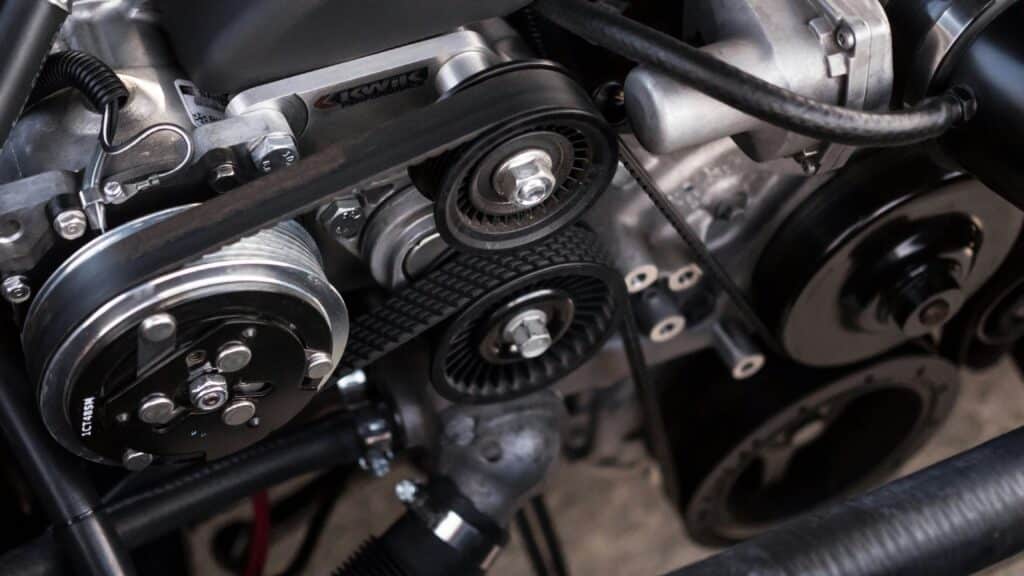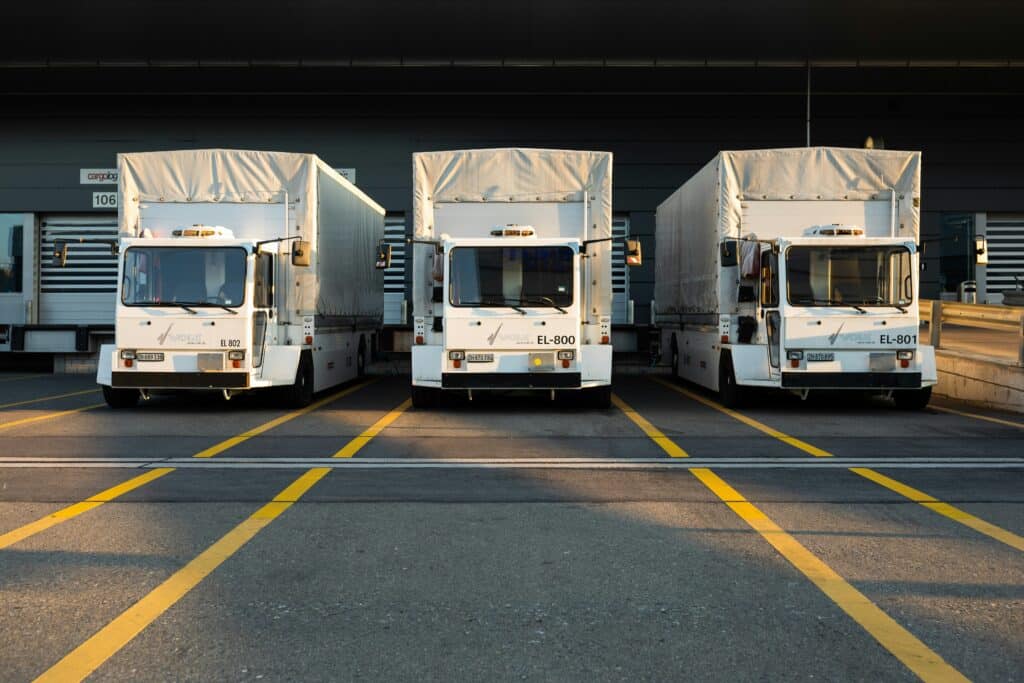What is a Car Inspection, and Why is it Important?
When you put people in a vehicle on the road, whether it’s your fleet drivers or a new buyer of a used car from your lot, it’s paramount that you’ve done everything in your power to ensure the safety of the vehicle. This begs the question, “What is a car inspection?” and what does it entail?
Inspection for cars depends on regulations and best practices, as well as checklists to ensure nothing is overlooked. We’re going to define the car inspection process and offer ways to optimize it using emerging technologies that help.
What is Car Inspection?
A car inspection takes place when an expert provider or inspector checks the inside and outside of a vehicle to look for any issues or spot early signs of impending issues. For used car buyers, the inspection is provided before purchase so customers know exactly what they are buying and getting themselves into.
A car inspection is comprehensive as it reviews the car’s safety, efficiency, and compliance with regulations. Along with protecting the driver, the car inspection also helps to maintain the vehicle’s overall performance and potentially reduce its environmental impact.
For fleet safety managers, vehicle inspection and truck inspection ensures that the vehicle is ready to hit the road again with a driver. If something is wrong, it must be looked at by the responsible party and fixed before getting back on the asphalt.
In order for commercial drivers to be protected when driving their truck routes, a truck inspection ensures that the vehicle is compliant with safety regulations to be on the road. A truck inspection consists of checking:
- The engine compartment
- Break system
- Cabin interior
- Truck exterior
- Coupling system
- Lights and signals
- Trailer
- Driver documentation
- Tires and tire pressure
Drivers with a commercial driver’s license (CDL) and fleet management companies utilize a truck inspection checklist to properly care for trucks and vehicles within their fleet.

Key Components of a Car Inspection
From the inside to the outside, the inspection for the vehicle covers many details. A few key components that the mechanic must review include:
The Exterior
The outside of the car has many pieces that have to be reviewed to make sure they are in working order. As you will see, each of these aspects pose safety concerns:
- Mirrors
- Wipers
- Windshield
- Body damage
The Interior
In the inside of the car, inspectors and mechanics look at:
- Steering wheel and column
- Seatbelts
- Airbags
The Mechanics
There’s a lot to look at under the hood, too, such as:
- Brakes
- Fluid leaks
- Exhausts
- Emissions
- Engine
- Transmission
The Framework
Last but not least, the structure of the car considers:
- Tires
- Axles and frame
- Suspension
That’s a lot of pieces and parts to keep track of. When working within fleet management or within automotive services, car inspection is just one item on a long to-do list. Rather than forgetting anything or having to manually document the process, what if you could speak through the inspection checklist working hands-free and using nothing more than your voice? aiOla makes it possible with a first-of-its-kind speech technology that understand business-specific jargon, in any acoustic environment, language, and accent.
Role of Technology in Car Inspection
Along with speech technology and AI (which we will dive into more deeply in the next section), there are many helpful technologies that streamline the inspection car process, as well as make it easy to keep historical records.
Let’s take a look at a few ways in which new solutions and tools are easing the process for mechanics and inspectors:
Real-time Monitoring
Live streaming technologies allow managers or stakeholders to remotely watch the inspection process to increase transparency and trust.
Digital Documentation
Many technologies result in digital documentation of the overall inspection, allowing inspectors to annotate images or videos or make note of any item that may be a cause for concern. Digital documentation not only makes it easier to communicate the outcome of inspections for vehicles, but it also makes it simple to store records and refer back to details if needed in the future.
Data Integration and Analytics
Importantly, many solutions integrate with data and analytics tools, which optimizes the inspection process in terms of efficiency. By automatically capturing certain vehicle details during the process, inspectors can spend more time focused on the actual inspection and decision-making, as opposed to manual data entry. Online reporting tools can also alert key team members when an issue is noted for quicker resolution times.

AI Technology in Car Inspection
Artificial intelligence has entered the realm of car inspections and made the entire process much smoother as a result. Machine learning algorithms can be used for predictive maintenance, image recognition in the event of damage assessment, as well as natural language processing to automatically generate reports. For example, aiOla combines natural language understanding (NLU) and automatic speech recognition (ASR) so that its users can speak through the car inspection process and perform every aspect hands-free and without using paper.
Not only does this help mechanics to perform car inspections up to 85% faster, allowing their vehicles to get on the road safely and more quickly, but it also means that they can keep their eyes on the task at hand, further ensuring their own safety during the process.
Implementing artificial intelligence (AI) within your car inspection process doesn’t have to be a concern. When you find the right tool, it can integrate seamlessly and be up-and-running without the need for dedicated IT team. aiOla works on any device, so there’s no real learning curve.
AI-driven solutions open the door to fully automated inspections, real-time diagnostics (even as the vehicle is in motion), and recommendations ahead of time to nip any future issues in the bud before they spin out of control.
The Finish Line
A vehicle safety inspection is a must-have, whether you’re in a state that legally requires it or not. It can be thought of much like an annual visit to your doctor. Whether you feel that something is wrong or not, you may discover an issue under the surface, and if you locate it early on, you have a better chance of overcoming any problems. In the same vein, taking a car for a check-up is a good idea for emissions and proper maintenance.
For fleet managers, a vehicle safety inspection can spell the difference between a successful and on-time fleet or an accident waiting to happen. There’s no alternative for a proper car inspection, so it’s advisable to maximize your vehicle safety inspection process to reap the best results with total confidence, speed, and accuracy.


